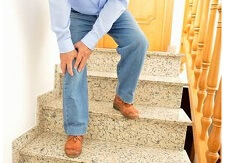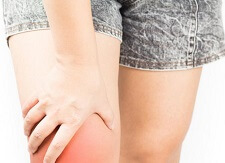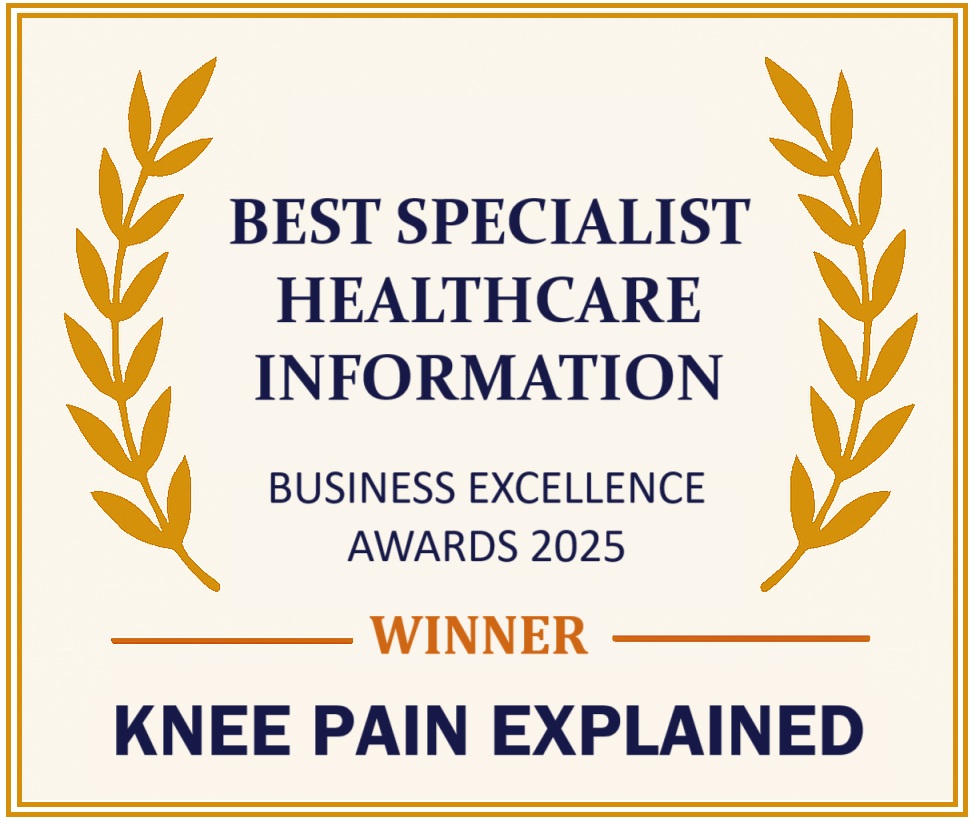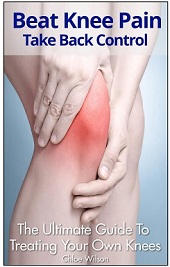- Home
- Knee Joint Anatomy
- Meniscus
Knee Meniscus
Written By: Chloe Wilson, BSc(Hons) Physiotherapy
Reviewed by: KPE Medical Review Board
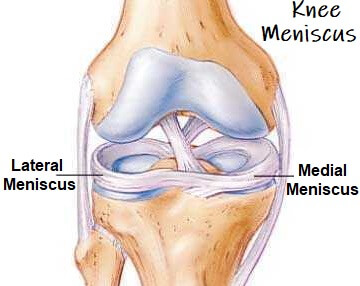
The knee meniscus is a special layer of cartilage that lines the knee joint.
The function of the meniscus is to cushion the knee joint and transfer forces between the tibia and femur, the thigh and shin bones.
Most of the joints in our body are lined with a thin layer of articular cartilage, made of collagen and chondroitin. This provides a smooth surface over the bones allowing smooth movement.
The knee joint also has an additional layer of special cartilage, called the meniscus. The reason that the knee needs this extra thick layer is to protect it from the huge forces that go through the joint as we move.
Here we will look at the role of this special knee cartilage, meniscus knee anatomy, how it gets injured and what we can do to keep the knee meniscus healthy.
What Is The Meniscus?
The knee joint is a complex structure that relies on several components to provide stability, absorb shock, and allow smooth movement. One of the most important of these components is the meniscus which play a crucial role in protecting the knee and maintaining its function.
A knee meniscus is a C-shaped piece of cartilage that sits on top surface of the tibia. Each knee has two menisci:
- Medial Meniscus: on the inner side of the knee. The larger of the two
- Lateral Meniscus: on the outer side of the knee
These fibrocartilage structures sit between the femur (thighbone) and the tibia (shinbone) and act as cushions and stabilizers within the joint.
Knee Meniscus Structure
The menisci are made of strong, rubbery cartilage with a wedge-like shape, thicker at the outer edge and thinner toward the center. This shape helps them conform to the curved surfaces of the femur and tibia, enhancing joint congruency and stability.
The meniscus has two distinct areas:
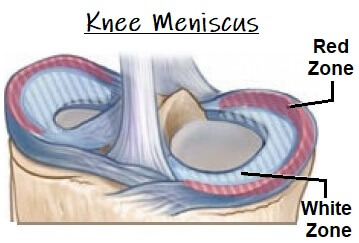
- White Zone: the inner portion of the knee meniscus. It is avascular, meaning it does not have a blood supply
- Red Zone: the outer portion of the knee meniscus. This part does have a reasonable blood supply being vascularised by the joint capsule.
As the inner portion of the knee meniscus doesn't have a blood supply, tears to the White Zone do not usually heal naturally, often requiring surgery.
Tears to the outer zone can potentially heal as the Red Zone receives nutrients, oxygen and chemicals via the blood from the joint capsule, however healing tends to be a slow process.
Some people are born with anatomical variations, the most common being a discoid meniscus. This is a thicker, more disc-shaped meniscus, most often seen in the lateral meniscus. It’s more prone to tearing due to its shape and limited flexibility.
Knee Meniscus Function
The knee meniscus has several essential functions:
- Joint Congruency: helps the tibia and femur to fit better to each other, increasing surface area contact by 40-60%, making the joint more stable and allowing smooth movement
- Load Distribution: Helps ensure even weight distribution across the knee between the tibia and femur to reduce the stress through the joint
- Shock Absorption: cushions the forces transmitted through the knee during walking, running and jumping, reducing the force through the knee bones by about 30%
- Joint Stability: Contains nerves which help improve balance and stability and supports the anterior cruciate ligament (ACL)
How Does It Get Injured?
Knee meniscus injuries are a common problem and there are two main ways that damage can occur:
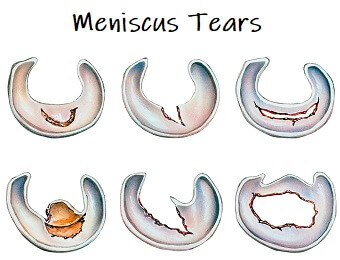
- Injury: The menisci are often injured when the knee twists suddenly e.g. when playing sports or during a fall. This tends to tear part of the cartilage and can cause bleeding in the joint resulting in swelling
- Wear and Tear: As we age, our cartilage becomes more brittle and can start to wear away. This also makes them more prone to injury. This is a common feature of arthritis
Meniscus tears can occur in any part of the cartilage (as shown in the diagram) and can take a long time to recover from. Small blood vessels feed the outer edges of the knee meniscus but the middle parts have no direct supply which means it is very slow to heal following injury.
One of the most common signs of a knee meniscal tear is locking - where the knee gets stuck. This happens which a flap of torn knee meniscus gets stuck in the joint block movement. By wiggling your leg around, you can usually move the torn flap of meniscus out of the way, but the problem will keep occurring. If this is the case, arthroscopic surgery will be advised to trim the damaged flap of knee meniscus.
To find out more about knee cartilage injuries including the causes, symptoms and treatment options, visit the meniscus injury section.
How Can I Look After My Knees?
We are all born with different quality knee cartilage which we can’t change, but we can help keep it healthy by ensuring that the muscles around the knee are strong so that less force goes through the knee meniscus. The best way to do this is by doing knee strengthening exercises.
You may also be interested in the following articles:
- Knee Joint Anatomy
- Common Knee Injuries
- Knee Locking
- Knee Strengthening Exercises
- How To Do Stairs With Knee Pain
Related Articles
Last Updated: April 30th, 2025
Next Review Due: April 30th, 2027
